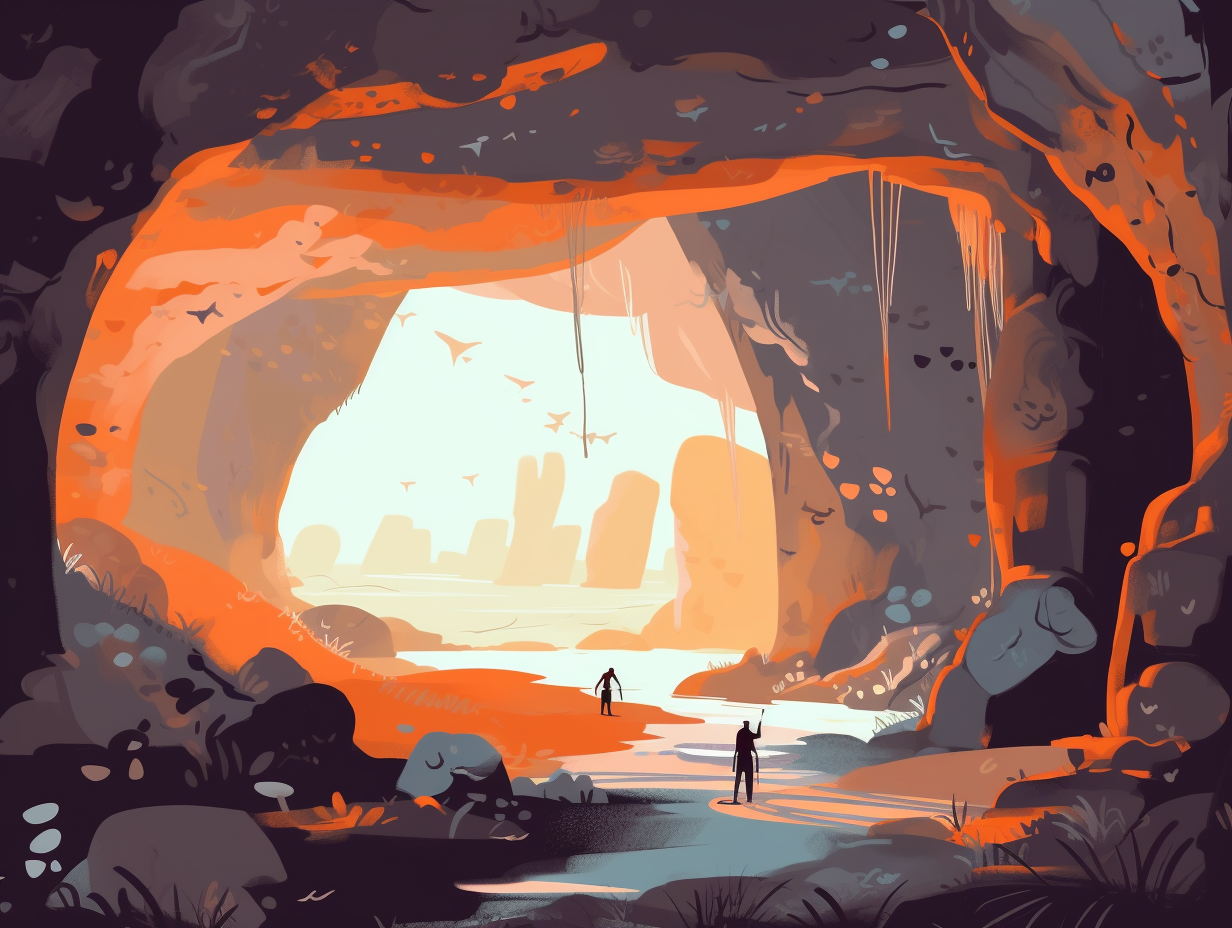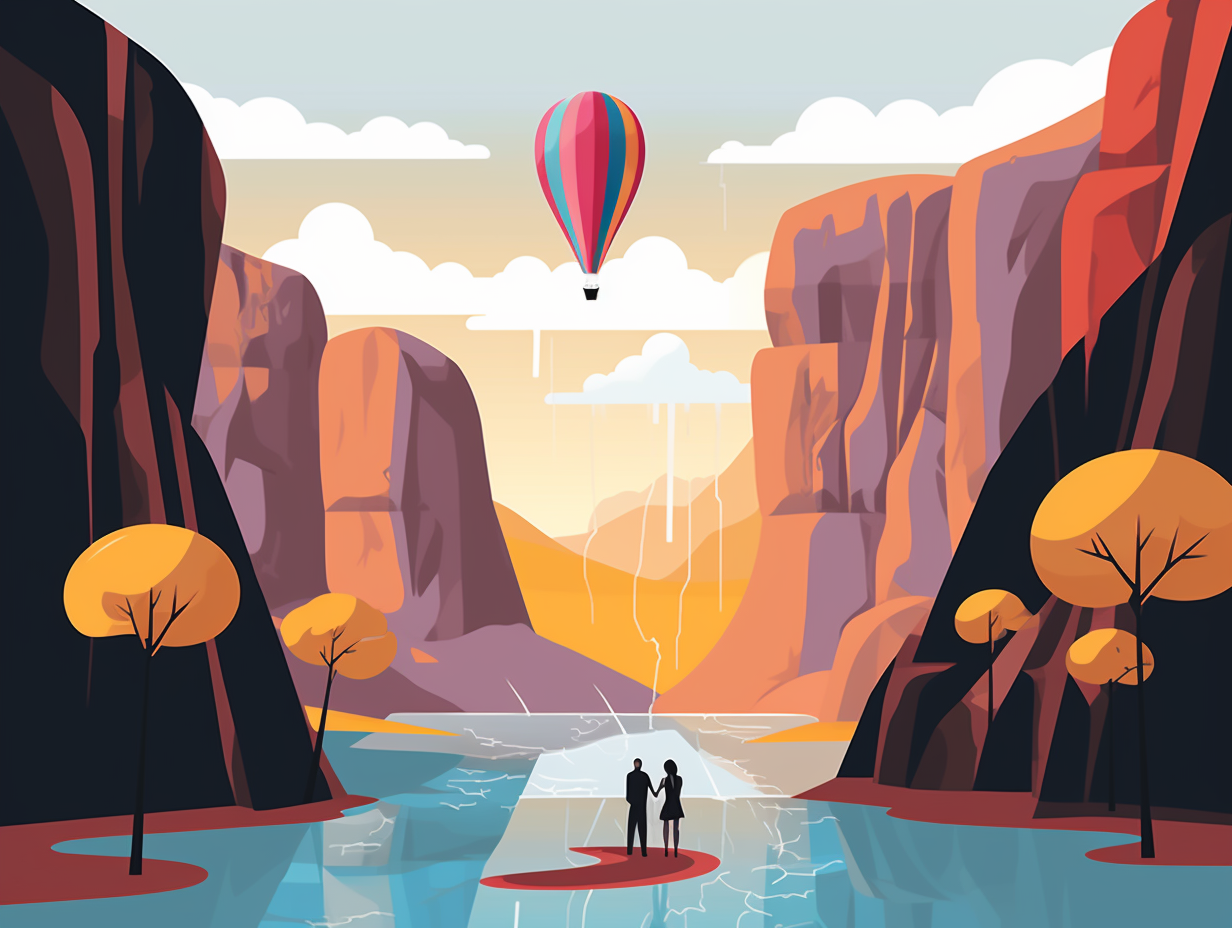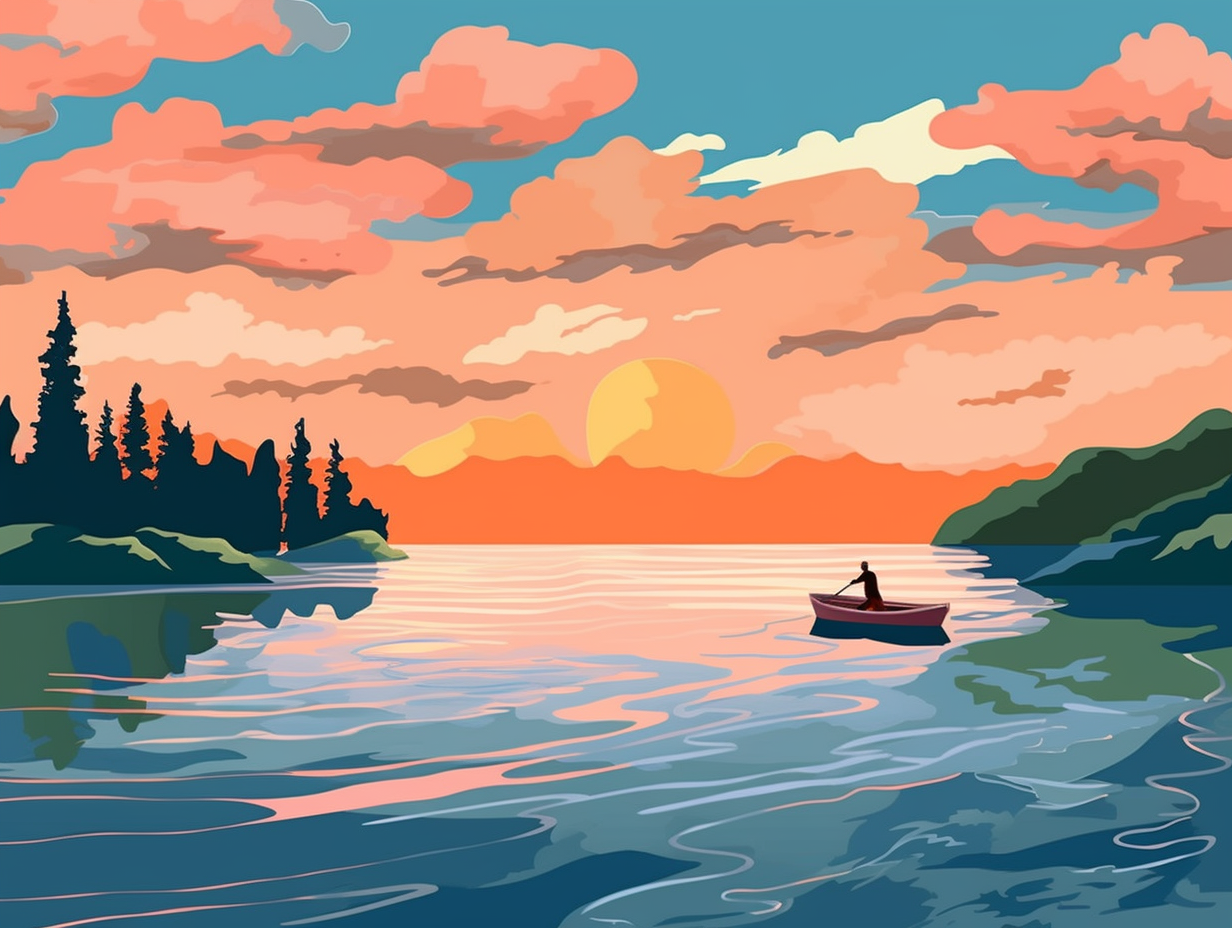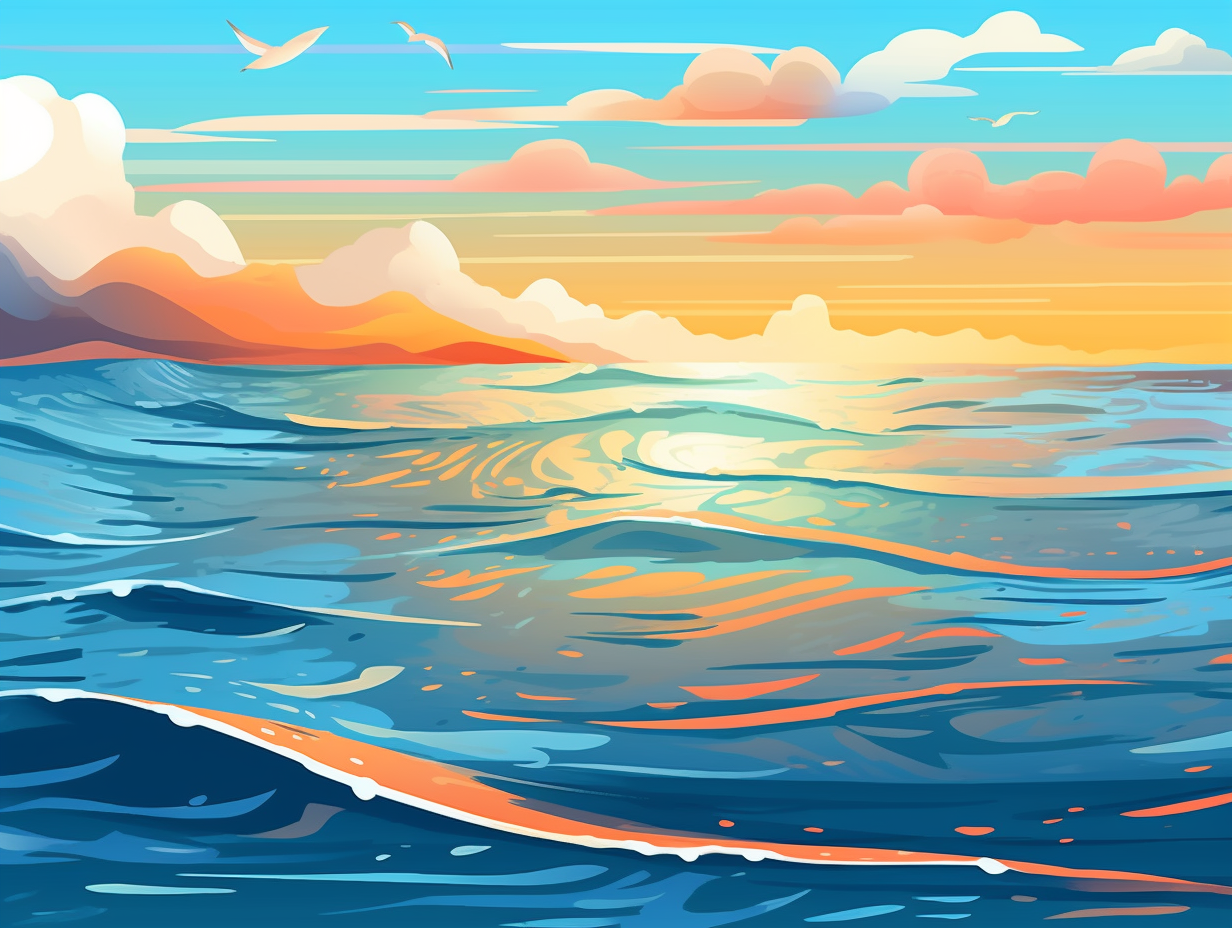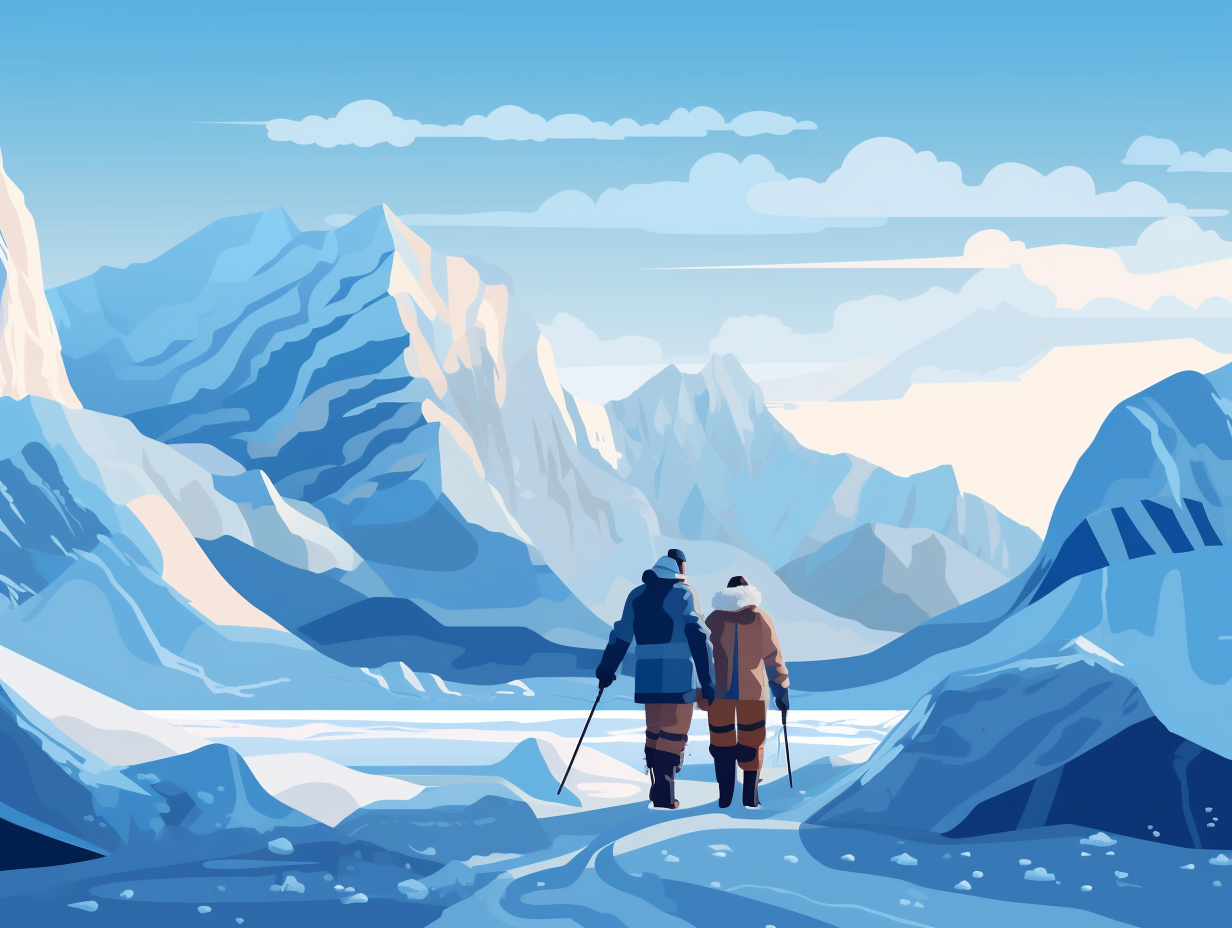Discover the Summit: Top 12 Fun Facts About Mount Elbrus You Need to Know!
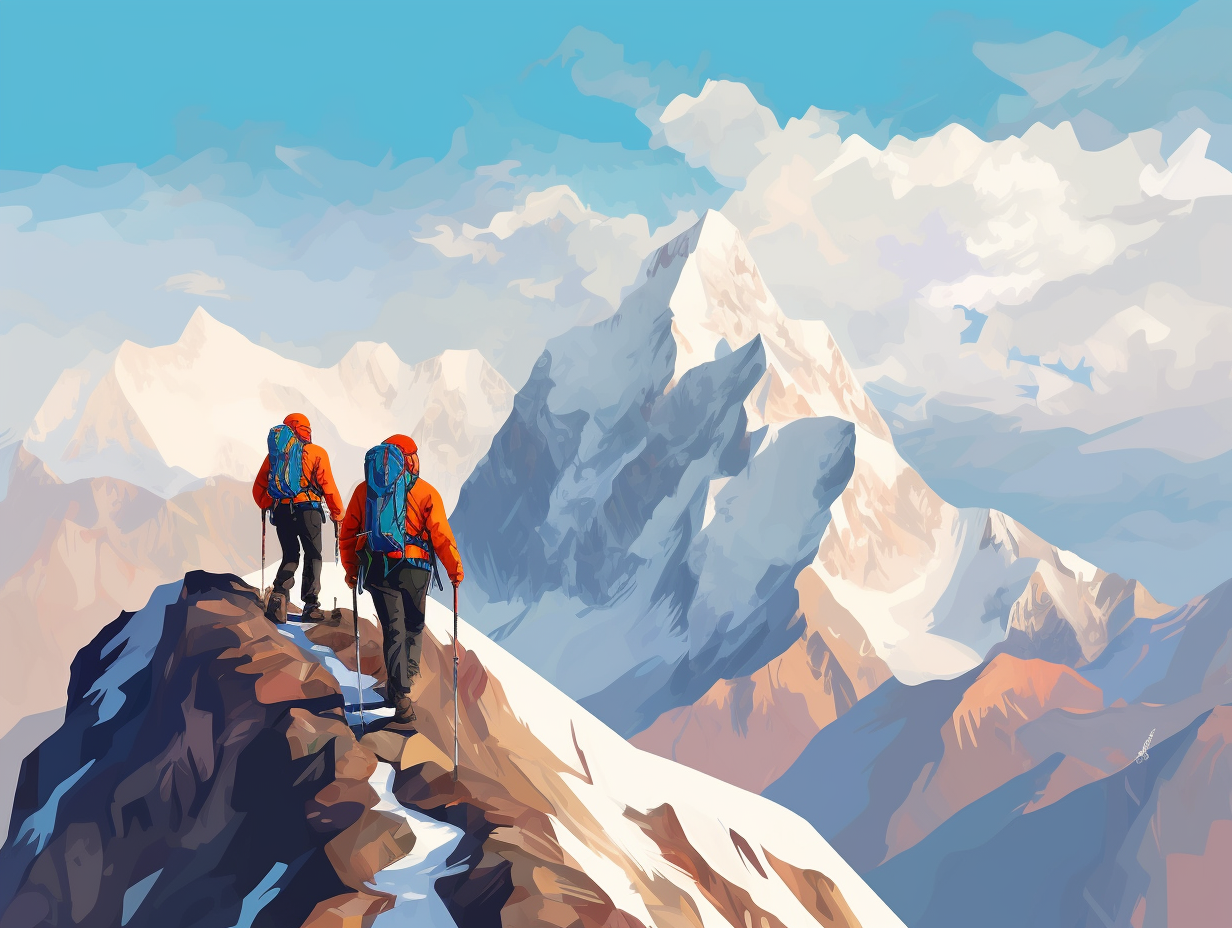
1. Move Over Mount Everest
Move over, Mount Everest – there's a new ruler of the stratospheric heights: a mammoth, napping volcanic beast lounging across Europe and Russia, waiting for the world's mountaineers to conquer its icy slopes, and possibly, its dreams: Mount Elbrus, with its impressive 5,642 meters above sea level, officially dethrones all other peaks in Europe and Russia. This somewhat bashful, dormant volcano possesses two summit domes – the western summit reigning supreme at 5,642 meters, while its eastern counterpart stands a mere 5,621 meters tall – making this geological giant the highest stratovolcano in Eurasia and the tenth-most prominent peak worldwide.
Source => en.wikipedia.org
2. Party Animals of Mt. Elbrus
When Mount Elbrus isn't busy starring in “The Hills Have Eagle Eyes,” it's busy hosting sky-high feasts for bearded party animals: Mount Elbrus is a favored nesting spot for golden eagles and bearded vultures, called Lammergeiers. The craggy slopes provide a sweet crib for these winged, majestic creatures, making them a common sight and symbol of the region. So if ever you find yourself climbing Mount Elbrus, keep an eye out for these soaring celebrities above.
Source => en.wikipedia.org

Did you know that the air pressure on Mount Everest's peak is only a third of what we breathe at sea level? Climbers must use supplemental oxygen to conquer the summit! 🏔️💨 Discover more intriguing details...
=> Fun Facts about Mount-Everest
3. Frosty Drinks Served Here
In an icy twist on the classic cup runneth over, Mount Elbrus serves up a frosty beverage that leaves locals thirsting for more: Its glaciers feed three major rivers, providing a whopping 45% of the water supply for the Stavropol region's irrigation systems through alpine snow and ice, while 34% is sourced from precipitation and 21% from groundwater. However, climate change seems to be eyeing Elbrus' drink, causing an 18% reduction in glacier cover over the past century and stirring concern for the future of this vital, well-chilled H2O.
Source => rgo.ru
4. Mother Nature's Wardrobe Dilemma
Mount Elbrus, where even Mother Nature can't make up her mind about her outfit: This unpredictable mountain is notorious for its ever-changing weather conditions featuring strong winds, sudden storms, and heavy snowfall, rendering the climb a true challenge for seasoned mountaineers.
Source => mountaingurus.com

5. Cable Car to the Clouds
If you ever find yourself struggling to scale new heights, just remember that Mount Elbrus has got your back, or rather, your cable car ride: Hosting Europe's largest cable car system, this epic mountain lets tourists soar up to an astounding 3,800 meters above sea level, traversing a majestic 5.3-kilometer journey through the awe-inspiring Caucasus Mountains.
Source => worldweatheronline.com
6. Mt. Elbrus: The Computer Designer
In Soviet Russia, computer designs you: The Elbrus series of high-performance computers hail from Moscow and were led by computing pioneer Sergey Lebedev. This innovative architecture boasted multiple CPUs and hardware tagging, with later models paving the way for collaborations with Sun Microsystems and the birth of the SP.
Source => computerhistory.org
7. Beauty Pageant Winner
If mountains had a beauty pageant, Mount Elbrus would totally rock the sash and tiara for Europe, being the tallest and a smoldering volcanic beast: This alluring peak, nestled in the Caucasus Mountains, holds the title for the highest summit in both Russia and Europe, with an impressive height of 5,642 metres (18,510 ft).
Source => en.wikipedia.org
8. Sky-High Thrills
Looking for a thrilling adventure that's quite literally a "peak" experience? How about soaring up into the sky like a majestic eagle on a perilous journey, but with the comfort of a sturdy cable? Prepare for the heart-pounding, high-altitude escapade of a lifetime: Mount Elbrus boasts a cable car system that can take visitors as high as 12,500 feet, making it one of the highest cable car rides globally, built between 1959 and 1976, providing awe-inspiring views of the captivating Caucasus Mountains.
Source => en.wikipedia.org
9. Mythically Twisted Mountain
Talk about a twisted top: Mount Elbrus has quite the connection to ancient Greek mythology! In case you thought "Pinecone Mountain" was just some weird outdoorsy hipster hotspot, here's the surprising truth: this Caucasus summit, mentioned as "Strobilos" in the old Greek text Periplus of the Euxine Sea around 130 AD, actually came to be known as Elbrus due to its similarity to spinning or twisted objects, like a pinecone or a spinning top.
Source => en.wikipedia.org
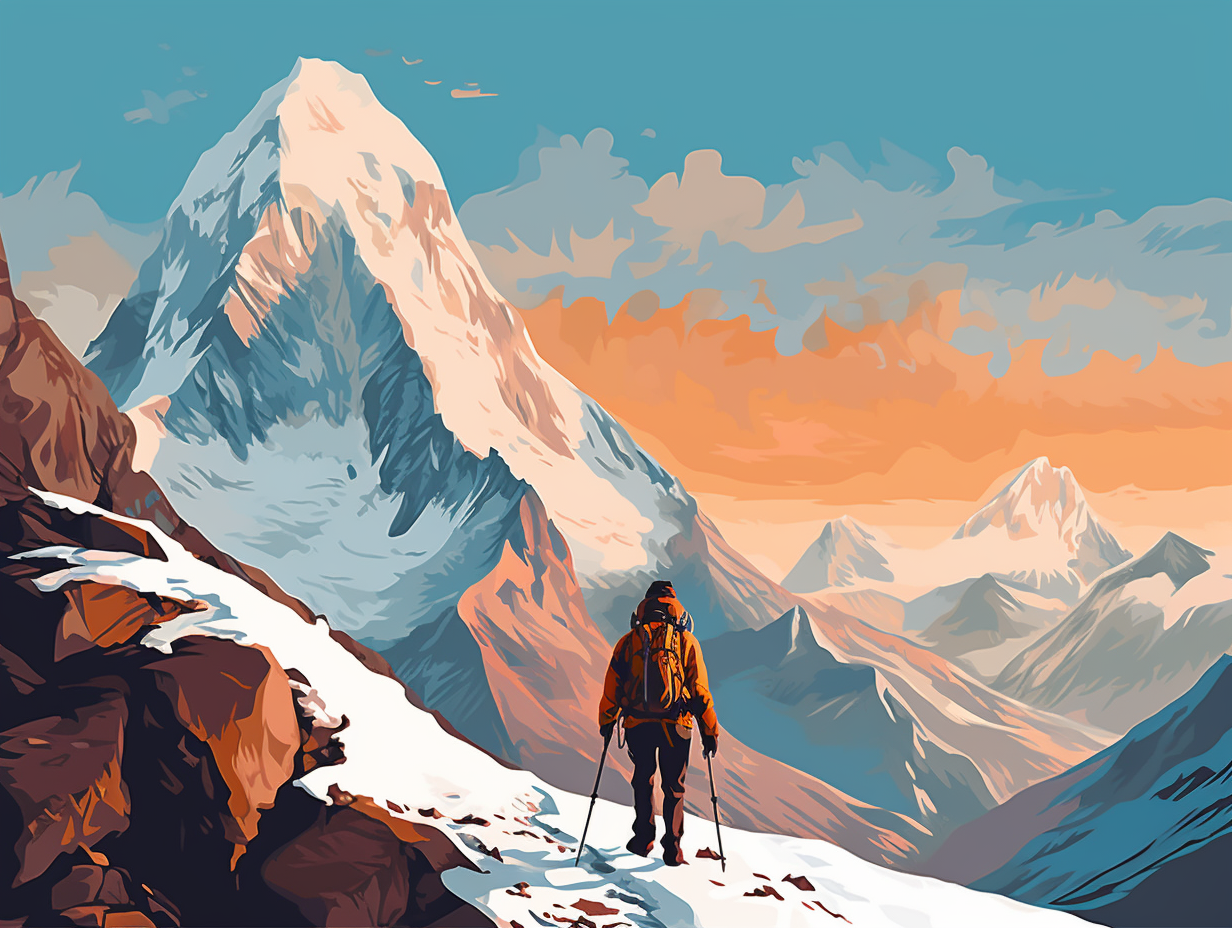
10. Swiping Right on Peaks
If Mount Elbrus had a Tinder profile, it would be swiping right on all the other continental peaks, proudly boasting its elevated position in the European dating scene: Turns out, it’s not just a witty mountaineer, with an impressive summit elevation of 18,510 feet (5,642 meters), Mount Elbrus holds the titles of the highest mountain in Russia, Europe, and the Caucasus region. Talk about a soaring reputation!
Source => rmiguides.com
11. Horse Altitude Records
Forget horsepower, Elbrus is all about horse altitude: In 1998, two horsemen from the Karachai-Cherkess Republic, along with their Russian companion and two Karachai horses, became the first to scale Mount Elbrus, while in 2016, Russian climbers Artyom Kuimov and Sergey Baranov made it into the Guinness Book of World Records by conquering the summit on ATVs.
Source => en.wikipedia.org
12. A Snowballing Problem
As if someone cranked up the thermostat on Mount Elbrus's icy slopes, this popular tourist magnet seems to have developed a rather dangerous snowball effect: The melting glaciers have increased avalanche risks, claiming over 50 lives since 2002, while tourism leaves the mountain littered with debris and facing illegal constructions – all part of a chilling reality brought on by climate change and the region's dependence on frosty fun-seekers.
Source => dw.com
Related Fun Facts









